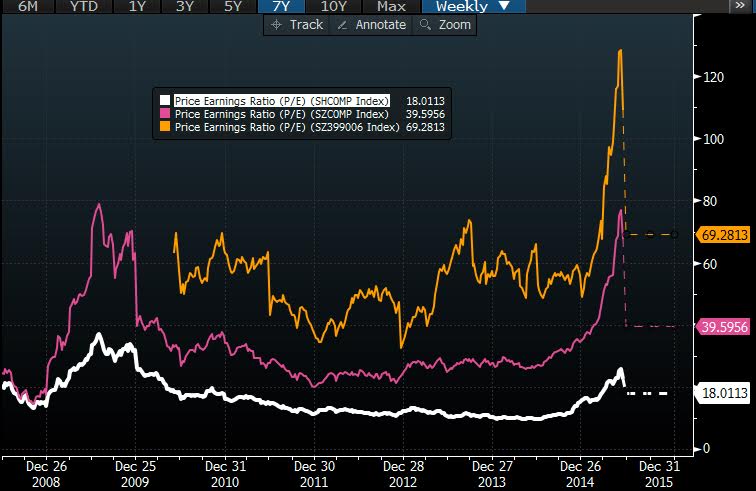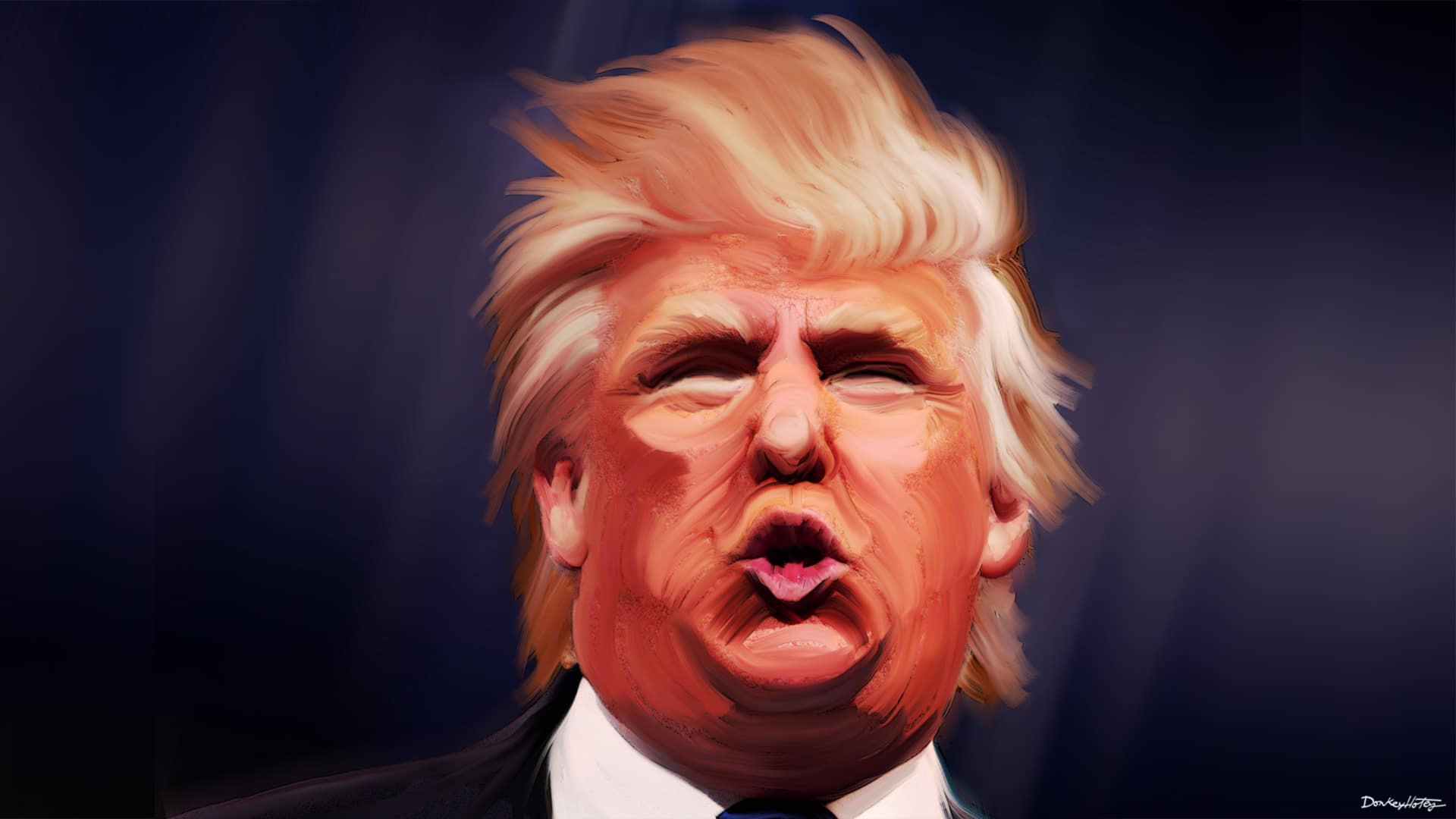A wise man once said: “That's the problem with money--it makes you do things you don't want to do.”
Reason being that either the new technological trends that reshape the way we live, which in return pose greater expectations of future earnings growth, or in the bigger picture, unconventional monetary policies of the central banks that favor low yields in order to spur economies, stock markets have been prone to anomalies for centuries where one should not question about the logic behind.
Not a long time ago, as the internet started to become a part of our daily lives, dot-com companies were the place to invest in. With the dream of potential future profits derived from this internet boom, valuations of companies with an "e-" prefix or a ".com" on the end became dis-correlated relative to their fundamentals. As investors poured more money into these stocks, positive returns attracted newcomers and like a snowball effect, equity valuations reached their peak with tech-heavy Nasdaq index topping the 5,000 mark; a psychological level only surpassed once again recently.

The Magic 5.000
Nasdaq 1999-2000 vs Shanghai 2014-2015
The point break for the Nasdaq to collapse and lose eighty percent of its value over a three-year period might have been either the 17 dot-com companies buying ad space on Super Bowl XXXIV for an amount of $2 million per a 30 second spot, or non-profitable Pets.com reaching $300 million market capitalization after its IPO. But whatever the reason, as the reality has sunk in, the market reaction was just another addition to irrational moves such as the Tulipmania, or more recently Bitcoin, which reflect how investor greed wins over logic, and we all know how the story ends.
Nowadays, a similar pattern can easily be seen in the Chinese stock markets in which fundamentals are being ignored under the increasing expectations of monetary easing to protect the growth targets set by the government. As the Chinese government and central bank continue intervening in the economy by rate cuts, reserve ratio reductions and easing Liquidity conditions for real estate and local governments, they still hold off launching a large scale stimulus. Keeping hope alive for new measures, over a year period, main Chinese equity index – Shanghai Composite rose over 150% whereas the tech-heavy Shenzhen and the market for Chinese startups, ChiNext Composite, tripled in value. No other equity index from the developed or emerging world came even close to this performance – Caracas Stock Exchange being the exception. Also, with market capitalization of all shares outstanding topping the $10 trillion mark and daily turnover now exceeding the value of shares traded in the United States, Chinese equity markets are now considered one of the major benchmark indices globally.
One of the major reasons for the growth of the Chinese market is probably the loose monetary policies and the rise of the shadow banking system that helped to ease credit conditions. As the emergence of cheap liquidity propelled Chinese stocks to their highest level in years, money attracted money. In return, stocks kept on being the address of increasing margin financing whereas the housing sector was in ruins as property prices in 70 major cities in China had kept falling since September 2014, according to the National Bureau of Statistics.

“Bubble in the making” China Stock Market – New A-share Accounts (Source: China Securities Depository and Clearing Corporation)
With the increase of margin debt reaching $350 billion, wild intraday swings in the Chinese markets became a daily routine. Any attempt to rein in record margin financing lead the stocks to plunge, as seen on the 19th of January, 2015, when the Shanghai Composite sank %7.7 after China Securities Regulatory Commission (CSRC) banned three large brokerages from extending new margin finance loans. In addition to the performance of existing stocks, the IPO market is also red hot as over the last year the stock prices of 155 companies that went public rose between +%69 up to +%4,000. Although companies raised close to $50 billion through these IPOs, subscription ratios reaching above 200 times do not seem to fade, reflecting the investor’s appetite to get a piece of the pie. In addition, even a name change of an existing company clearly shows the perception in the market. Just a month ago, former property developer, Shanghai Duolun Industry Company, re-branded itself under P2P Financial Information Service. Co. Ltd. becoming one of the two thousand P2P financial service providers in China. Although just last year 10% of the high-flying P2P firms defaulted on Payments to lenders as they were left unattended by the Chinese Banking Regulatory Commission, the new company, which had not yet started trading under its own brand, watched its shares surge %130 over the past 30 days. Thus, P/E ratios of growing venture enterprises are getting out of control bringing along the Blue Chips of China.

P/E Ratios of Shanghai/Shenzhen/Chinext Indexes
Besides the expansionary effects of Chinese monetary policy, such actions like the Shanghai-Hong Kong Stock Connect were taken in order to further liberalize its financial markets and are also fueling the stock rally. However, MSCI’s recent decision not to include local Chinese stocks into its benchmark is turning investor’s attention towards the real fundamentals behind the rally. Thus, such disappointments and efforts to loosen up the limitations of the market, such as allowing short selling or abolishing the 10% up/down daily limits have been attracting attention, as just after the MSCI news, weekly withdrawals from Asian equity funds reached $7,9 billion out of which the majority is related to China, according to EPFR Global.
I strongly believe it would not be wrong to say that the glory days for Chinese small to mid-cap equities are soon to be over. Thus, before standing in front of a possible selling stampede, investors should re-evaluate the real fundamentals behind their investments and put the dazzle of quick profits behind them. However, bubble or not, a possible downfall that would come from these high-flying local equities would be an opportunity to increase exposure in quality names that built the very foundation of the Chinese equity market, which all should accept, is here to stay…

















